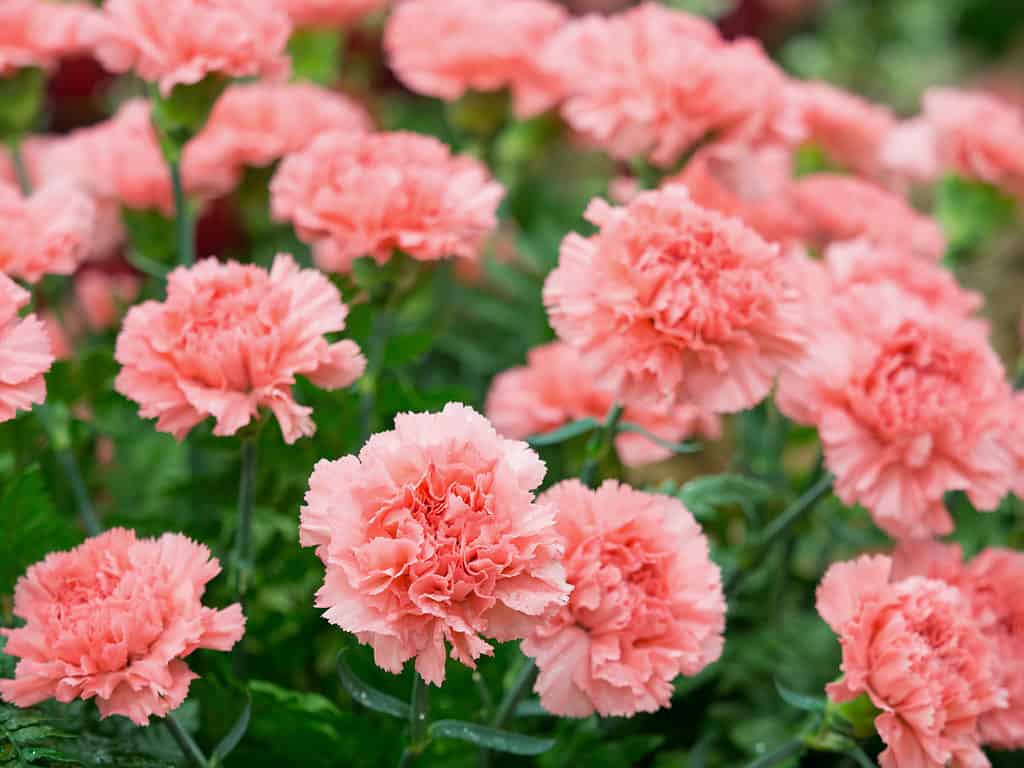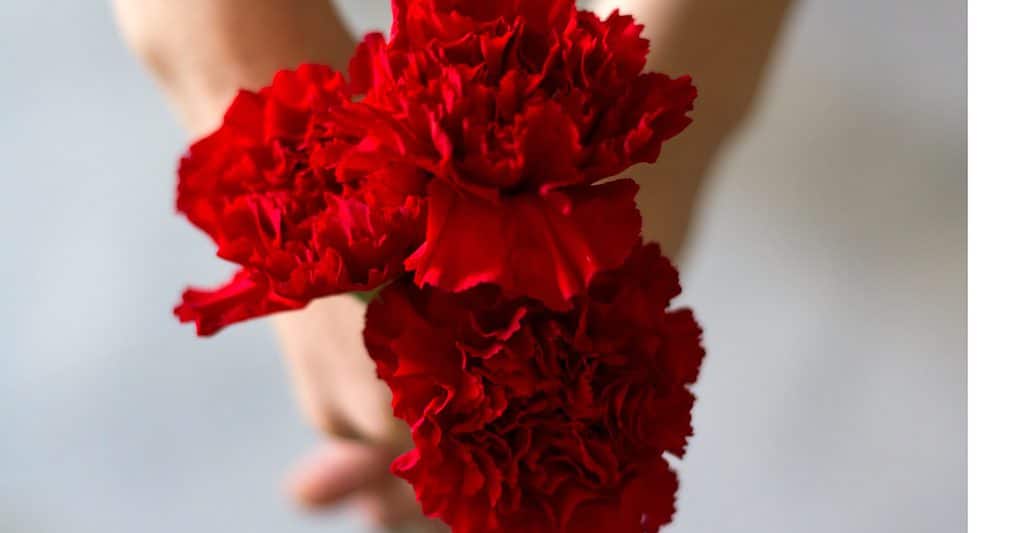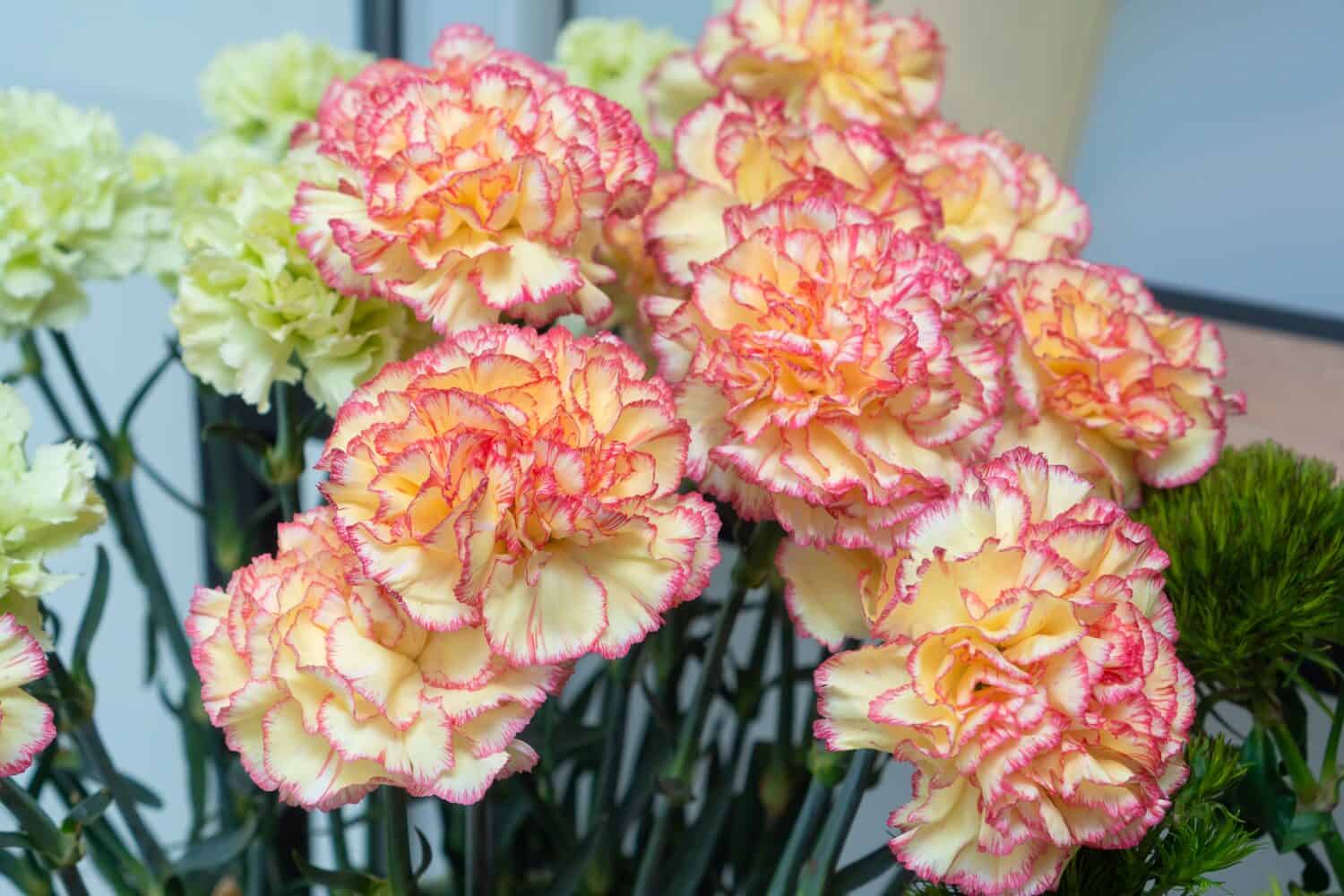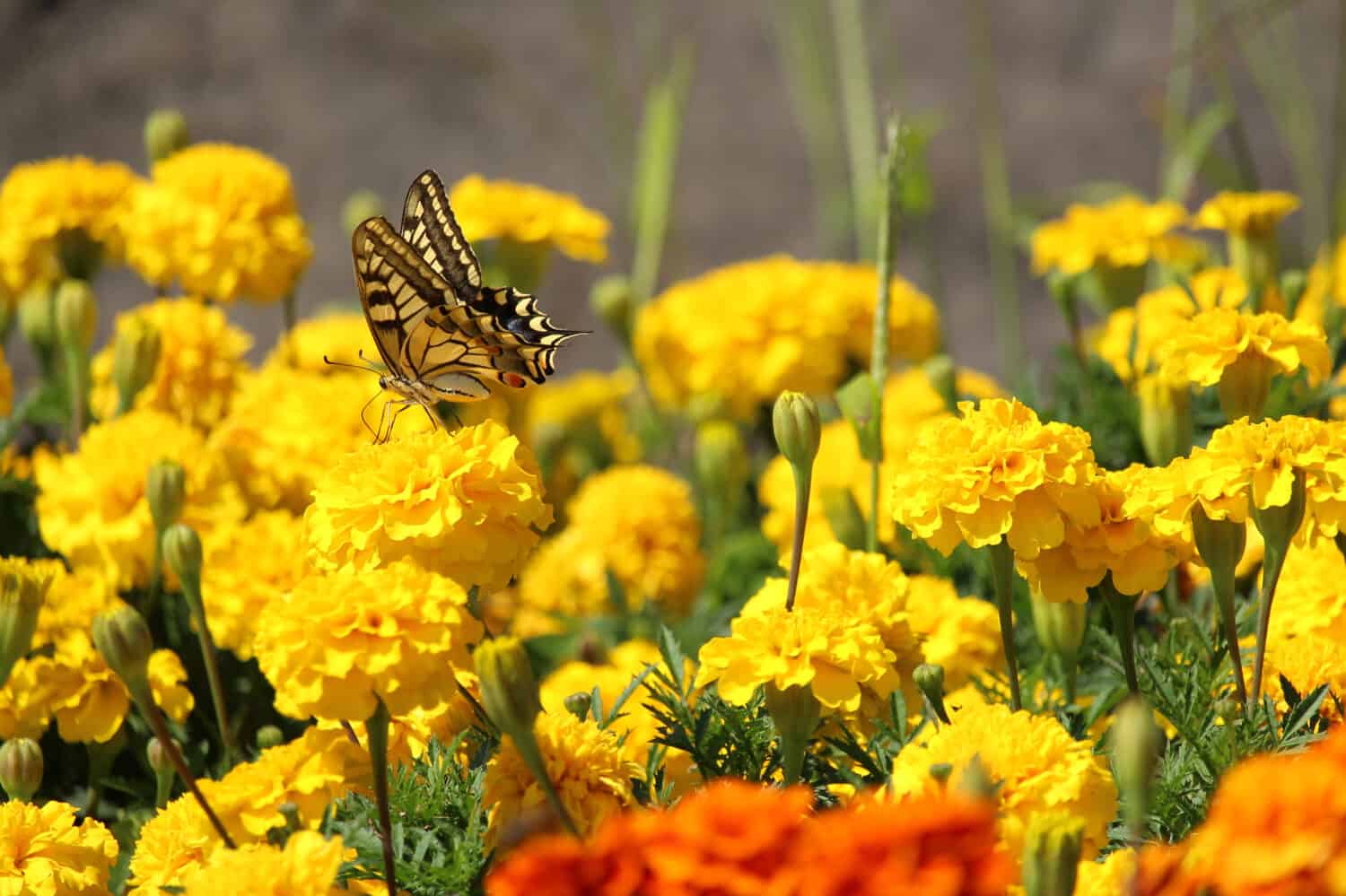You may have heard that carnations are among the most popular flowers in the world. You may have also heard that each of their colors is said to carry special significance and meaning. What is the hidden symbolism of flowers? As a matter of fact, these flowers have a long history rich in mythology and symbolism. In the “language of flowers,” sending carnations has been used throughout history to wordlessly convey different messages. With each color of carnation bringing a different meaning, you may wonder “What do yellow carnations mean?” This article will cover the basics of these vibrant flowers. You will learn about their meaning and symbolism. Lastly, we will discuss the proper occasions when you may want to send someone a beautiful bouquet of yellow carnations. Let’s dive in now!
About Carnations
Carnations are also known by their scientific name Dianthus carophyllus. They are a species of flowering plant native to the Mediterranean region of the world. This perennial flower is a popular choice among gardeners and as part of a bouquet. These cheerful flowers are relatively easy to grow as long as they get several hours of bright sunlight, plenty of water, and regular pruning.
There are three types of carnations among the most popular flowers to grow. These are large-flowered carnations, spray carnations, and dwarf-flowered carnations. Large-flowered carnations appear most often in bouquets made by florists. In contrast, spray carnations and dwarf carnations tend to be the choices of gardeners growing carnations at home.

Carnations
, also known by their scientific name
Dianthus carophyllus, are a species of flowering plant native to the Mediterranean region of the world.
©yoshi0511/Shutterstock.com
Appearance of Carnations
Carnations naturally bloom in a variety of colors, particularly in shades of pink, white, red, and coral. However, white carnations are also often dyed a variety of colors, including blue for the Fourth of July or green for St. Patrick’s Day.
In general, carnations are small or medium in size and have a fluffy, ruffled appearance, with a double layer of delicate petals that make the full blossoms popular for table arrangements, boutonnieres, and corsages, as well as wedding bouquets.

Carnations tend to bloom in shades of pink and red but also come in a wide range of natural and dyed colors.
©Scisetti Alfio/Shutterstock.com

Meanings and Symbolism Carnations
Each carnation color has a different meaning and carries unique symbolism. Their significance developed over the course of hundreds or even thousands of years of history. Over the last 2,000+ years of history, cultures in countries such as Greece, Italy, Spain, and neighboring nations near carnations’ native Mediterranean growing region developed their own cultural meanings around carnations. For example, many cite Greek literature as the home for some of the first references to carnations – about 2,000 years ago!
Today, people claim that overall, carnations represent love. The various colors can indicate varying types of love – from that of a family member to passion for a lover. For example, white carnations are a traditional gift to mothers and are said to represent the innocent love of a child, purity, and prosperity. On the other hand, red carnations symbolize intense love and devotion and represent the bleeding heart of someone overflowing with passion for their lover.

Red carnations are said to represent passionate love and romance.
©iStock.com/rfranca
The Symbolism of Yellow Carnations
What do yellow carnations mean? The answer may surprise you since yellow is often considered to be a happy and joyful color. In fact, unlike some of the other shades of a carnation, yellow expresses sadness. Sometimes the yellow carnation is an apology flower, meant to express regret and remorse. They could also convey rejection — and have sometimes been the tool of someone wishing to break up with a romantic partner or love interest. Despite their brightness and happy color, yellow carnations have a long history of being the method by which someone rejects the love of another — sending them a bouquet to wordlessly communicate their negative emotions.

Yellow carnations symbolize feelings of sadness, disappointment, sympathy, or rejection.
©Ewe100pa/Shutterstock.com
Proper Occasions to Give Yellow Carnations
Given that yellow carnations symbolize sadness, disappointment, and rejection, they may not be the best choice for Mother’s Day or Valentine’s Day. While they have been used to break up with or reject someone without saying so directly, you may want to have a conversation about that instead! However, yellow carnations could be an appropriate bouquet for occasions in which sadness or grief is appropriate.
For example, you may send someone yellow carnations along with a heartfelt apology note. A bouquet of yellow carnations could be an appropriate gift for someone mourning the death of a loved one or another loss. Bring them to a funeral or use them to say you are sorry to a friend!

Some carnations are dual-colored, such as these yellow carnations tinged with pink.
©ERIK Miheyeu/Shutterstock.com
How to Grow Carnations
To successfully grow perennial carnations, plant your seeds in fertile, well-drained soil about one-eighth of an inch deep. Perennial carnations should be planted in the late fall or early spring. Choose a place in your garden that gets at least four to six hours of sunlight every day. Each seed should be planted about 12 inches apart from each other. Ensure the soil is well-draining, and take care not to water the seeds too much after you first plant them. Water their soil two or three times each week. You can expect that your seeds will likely start to germinate after two to three weeks.
However, you should know that most carnation farmers choose to grow carnations not from seed, by from cuttings. Rather than planting seeds in the soil, they cut from flowers at the end of a sprout (instead of those that grow at the intersection of the stem and branch). They then propagate the flowers by putting them into pure sand. You can water these regularly. These carnation cuttings may be planted in May or late spring.

Carnations can add a bold pop of color to your garden!
©Ana Fidalgo/Shutterstock.com
The photo featured at the top of this post is © Ewe100pa/Shutterstock.com
Thank you for reading! Have some feedback for us? Contact the AZ Animals editorial team.







